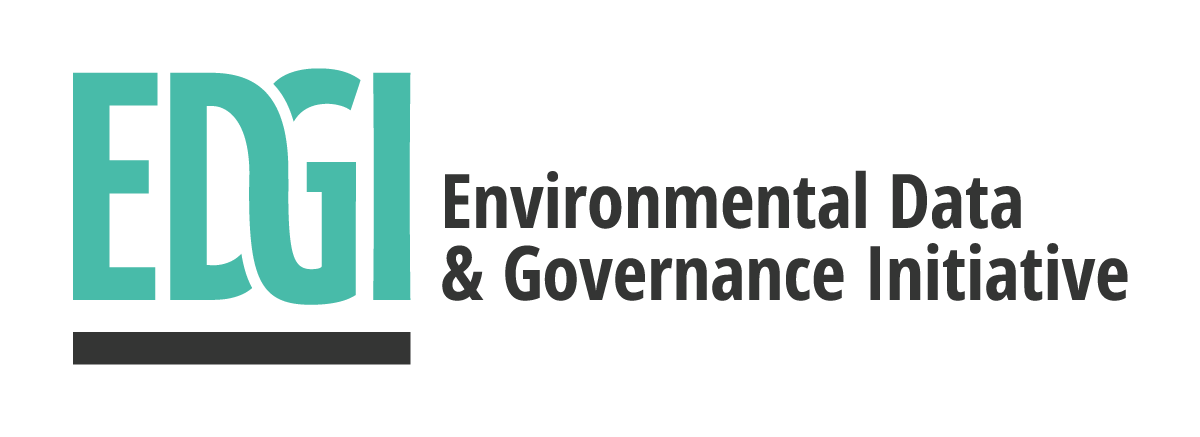This October marks the 50th anniversary of the 1972 Clean Water Act (CWA). With the original goal of eliminating point-source pollution within ten years, the CWA articulated nationwide water quality standards to protect both public health and wildlife habitats. Fifty years later, and over seventy years after the onset of hydraulic fracturing (or fracking), federal loopholes and the structure of the CWA itself have left fracking largely unregulated. In this report, collaboratively authored by researchers at EDGI and Northeastern University, we offer a unique analysis of a) CWA-regulated chemical use within fracking and b) violations and EPA enforcement of the CWA within oil and gas facilities.
Although the CWA has, in some ways, been effective in achieving its original goal of eliminating point source pollutants, fracking is exempt from the CWA’s stormwater permit requirements and is therefore not regulated unless there is proof of fracking chemical contamination in surface waters. Our analysis of oil and gas facilities’ effluent violations, inspections, and penalties found that while violation rates have increased since 2001, inspection rates have decreased during that period. In addition, 85 chemicals regulated by the CWA have been used in fracking since 2014, totaling nine billion pounds.
This report connects EDGI’s Environmental Enforcement Watch (EEW) project with the Wylie Environmental Data Justice (WEDJ) Lab at Northeastern University. Both projects work to make data on fracking and environmental regulation more transparent and publicly accessible. EEW makes data from EPA’s Environmental Compliance and History Online (ECHO) dataset more transparent through publicly available visualization and manipulation interfaces. The WEDJ Lab works with Open-FracFocus, an open-source database of fracking disclosures. We prioritize open-source and publicly accessible methods to analyze these data, their absences, and the overall trends in fracking activity and fracking regulation they show.
Key findings include:
- Nine billion pounds of chemicals regulated under the CWA have been reported in fracking operations over the past seven years – roughly the same weight as the water that 1,534 olympic-sized swimming pools can hold.
- The rate of effluent violations has increased since 2015, reaching as high as 80% in 2019. Meanwhile, the rate of facility inspections has shown a marked decrease, from 50-60% in 2001 and 2002 to about 12% in 2022. Only 1,017 facilities (less than half) have reported any inspections since 2001.
- Many fracks used chemicals in masses far greater than their Reportable Quantities (RQs), which are a benchmark for individual chemicals’ relative toxicity by mass.
- 17.5% of oil and gas facilities regulated under the CWA’s National Pollutant Discharge Elimination System have reported at least one effluent violation since 2001.
- The two permits with the highest violations are responsible for 346 and 347 violations respectively – more than one a month.
This analysis is particularly important given that fracking is likely to remain a core part of domestic energy production for at least the next 50 years. Today, 17.6 million Americans now live within a mile of a fracked oil or gas well, exposing them to harmful chemicals that can have detrimental health implications. These risks are only projected to increase within a future that includes liquid natural gas as “clean energy,” as exemplified by the recent Inflation Reduction Act. In these findings, we see a clear need to better regulate chemical use and water contamination within the oil and gas industry. We suggest that in order to achieve its goals of healthy and safe waterways, the following revisions must be made to the CWA:
- Strengthening the enforcement and monitoring of CWA permits.
- Repealing the stormwater permit exemption in the CWA as well as other exemptions to federal environmental legislation, such as the oil and gas industry’s exemption from the Safe Drinking Water Act’s Underground Injection Control provisions.
- Adding provisions to address non-point-source pollution under the CWA.
- Reclassifying wastewater pits and other “temporary” infrastructure as under the jurisdiction of the CWA.
CONTACT: Report authors are available for interview. To set up media interviews or for other inquiries, please contact Kelly Wilkins at kelly.wilkins@envirodatagov.org.

